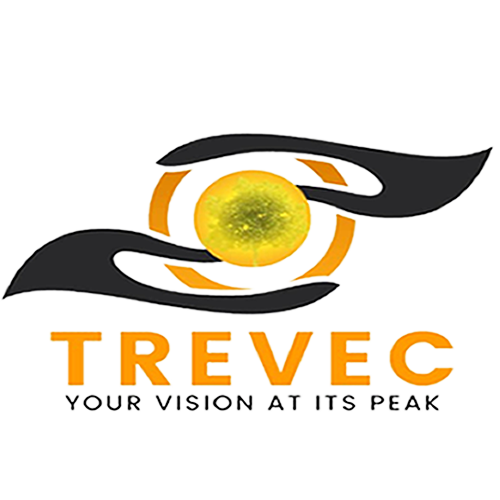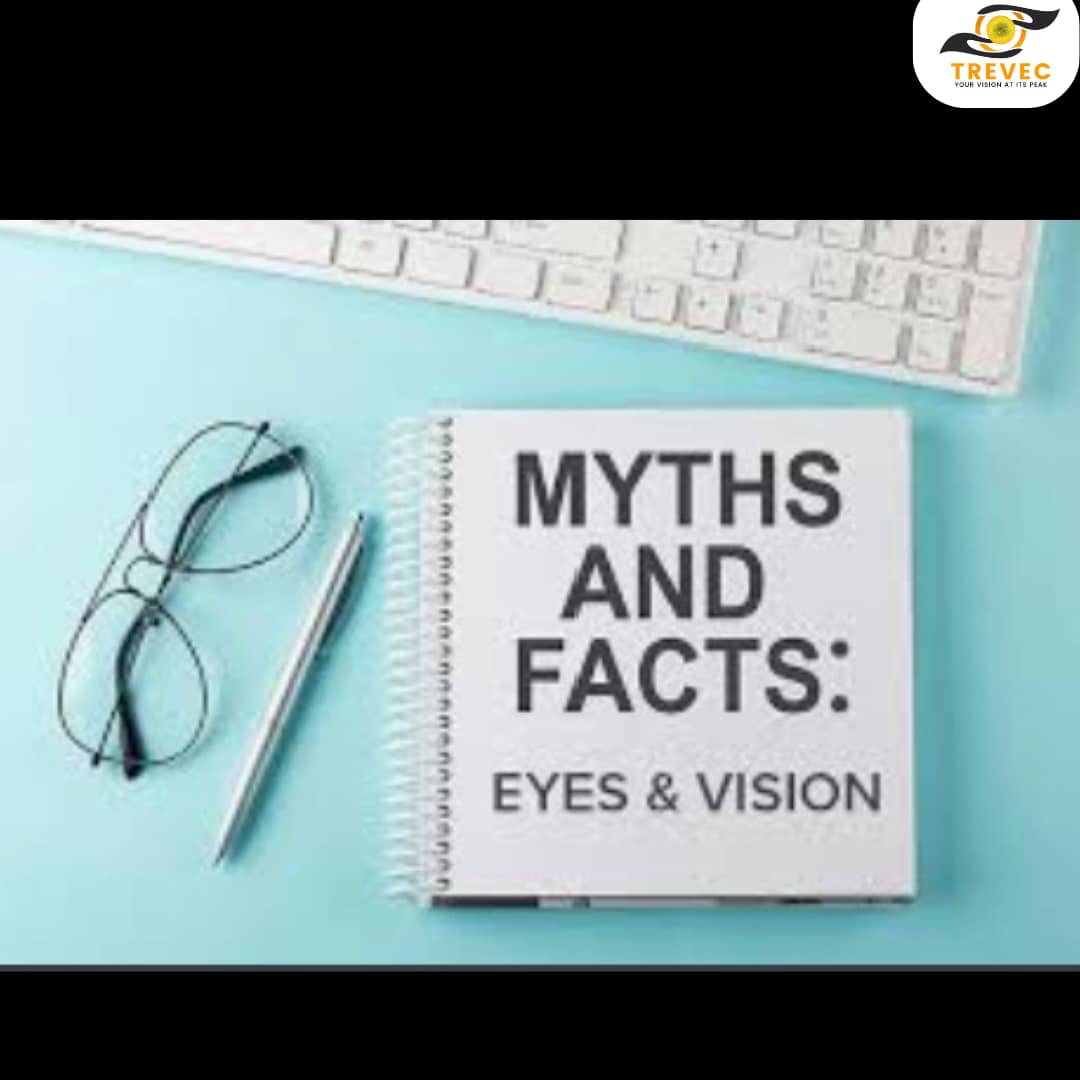There are various things you may have heard about the eyes but are unsure of their accuracy, and that is why it is crucial to differentiate between fact and fiction when it comes to our eyes to maintain good eye health. Eye care is surrounded by numerous myths and misunderstandings, which can lead to confusion and potentially harmful practices. By grasping the facts and dispelling these myths, we can effectively care for our eyes and uphold good eye health. Let us debunk some widespread myths and reveal the truth, shall we?
Before we go further, we will list some common eye care myths we intend to discuss as a series in the upcoming weeks. They include:
1: Newborn babies are unable to see immediately after birth.
2: Substances like alum and onions can cure eye problems.
3: Breast milk can cure eye problems in babies.
4: Frequently wearing glasses will cause the eyes to sink or deepen.
5: Consuming an excessive amount of Garri can lead to eye problems
6: Once you start wearing glasses, you cannot use your natural eyes to see again.
7: And many more
We will address these myths individually in the upcoming posts, spotlighting the realities behind them. So stay tuned
UNCOVERING THE TRUTH BEHIND THE MYTHS PART 1
This blog post will uncover the truth behind the myth “NEWBORN BABIES CANNOT SEE IMMEDIATELY AFTER BIRTH.”
Is this statement true or false? The answer to this is FALSE. Every healthy newborn can see; however, their vision is limited to a certain distance. In other words, their vision is quite blurry because they cannot focus as they should. This leads us to a concept we would like to explain, which is called “EMMETROPIZATION”
EMMETROPIZATION: is the process through which a newborn’s vision evolves into an “error-free eye”. Every healthy child is born with an error (specifically hyperopia or Hypermetropia) because the baby’s eyes are relatively small, and they cannot focus, causing images to fall behind the retina and resulting in blurry vision. As EMMETROPIZATION occurs, their vision becomes emmetropic (no refractive error),which is usually completed at an average age of 4. Note: Emmetropia refers to an error-free eye, while Ametropia indicates an eye with a refractive error.
We will stop here and discuss other myths in our subsequent posts. Note: If you have any myths you would like to verify, you can send them to us by contacting TREETOP VISION EYE CENTRE (TREVEC), the best eye clinic in Utako Abuja, and we will include them in our subsequent posts.
TREVEC CARES!!!



Thanks to Trevec for clearing the air
You’re welcome
Thank you